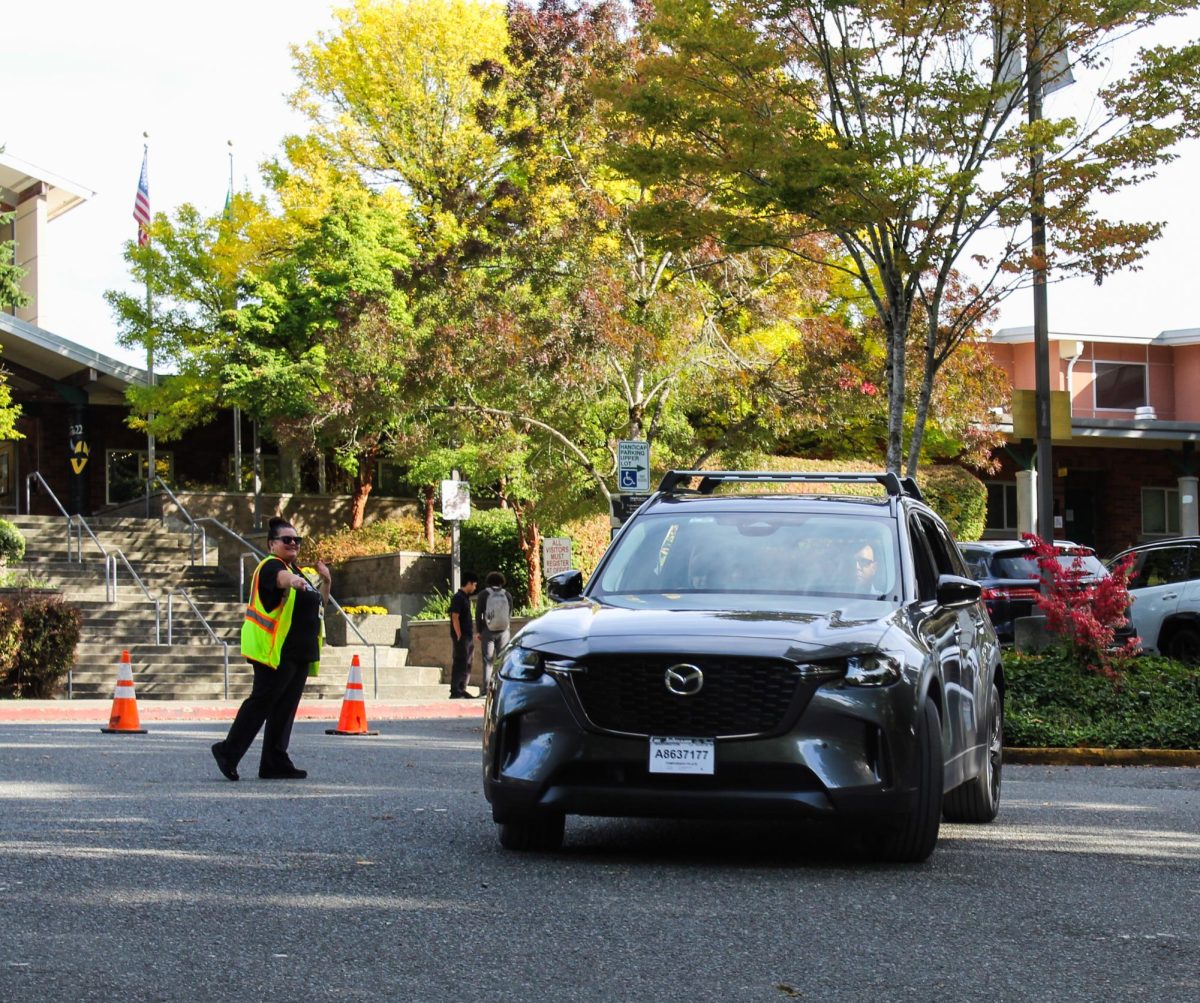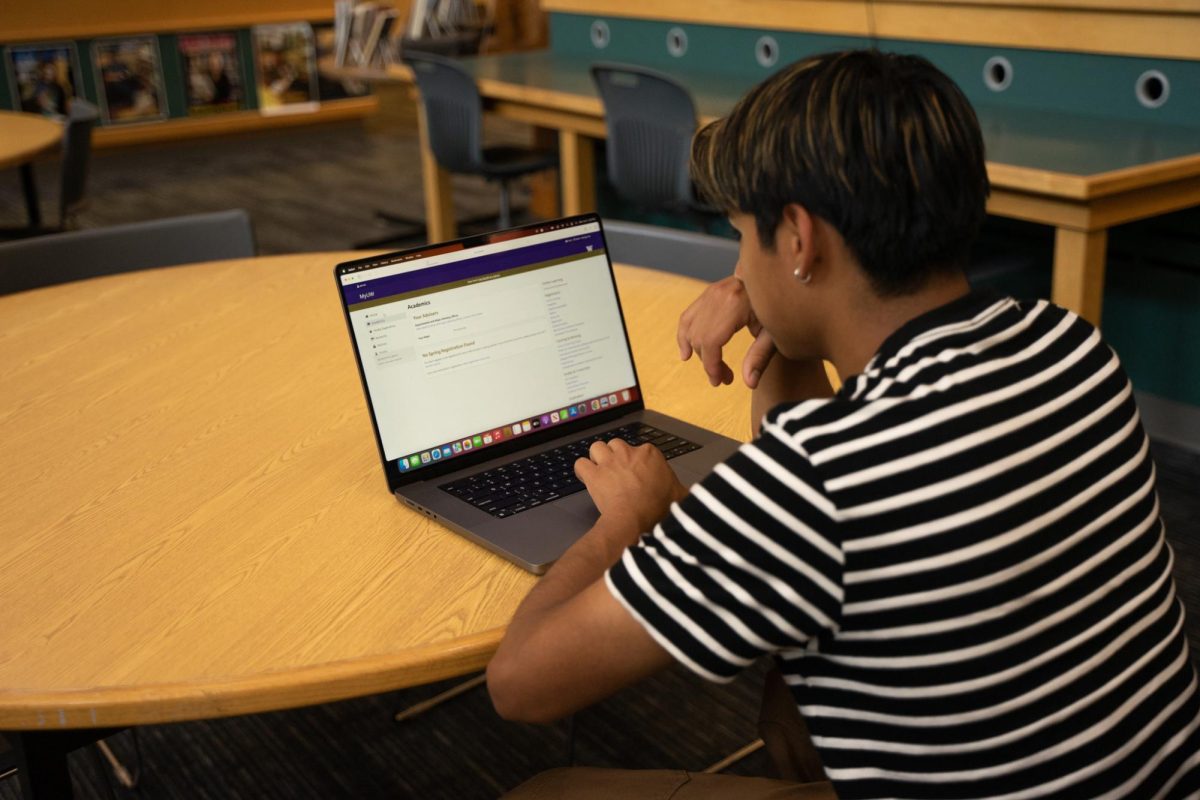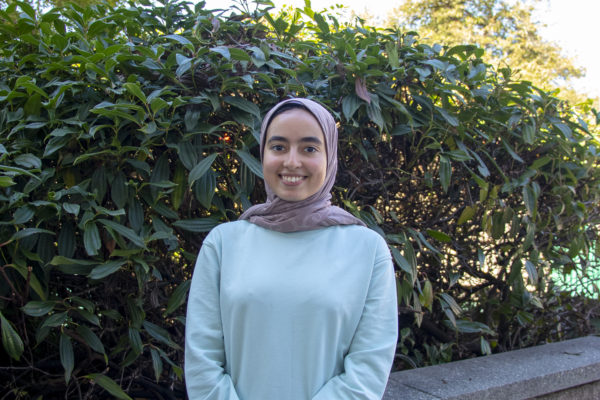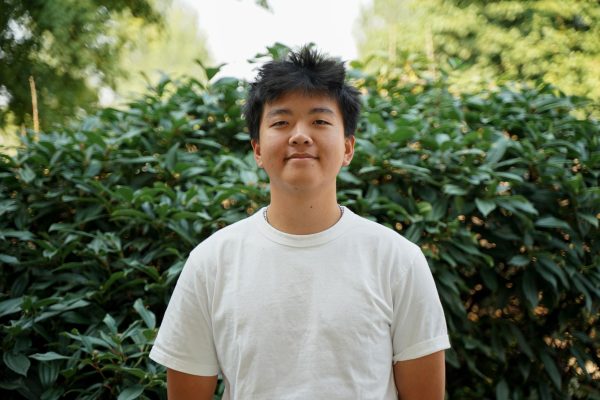Due to a $21 million shortfall, the NSD budget has been cut by 5%, according to the district website. Despite NSD’s efforts to keep budget constraints away from the classroom, teachers are becoming more concerned about the new budget. It’s also compelling more students to buy supplies that were once provided by their teachers.
Because of the limited budget for classroom supply orders, Spanish teacher Rebecca Lewis (she/her) has found different ways to get money for her classes, such as applying through the Northshore Schools Foundation. This also led to new classroom rules. Previously, she let her students use her whiteboard markers for classwork, but she now has them buy and bring their own. Lewis especially feels the impacts of budget cuts the most with increased class sizes.
Lewis plans her classes for sets of 36 students. There’s exactly nine tables of four, a specific amount of purchased supplies and a reasonable amount of tests to grade. But when there’s even a few extra students added to a class, it can be frustrating to mitigate.
“My upper levels are fine. Those are great, like 20 kids, and that’s a perfect number. But I have a class of 37. I literally have to bring in another desk after first period; I grab a desk, I tack it onto a group and then after that class, I move it back,” Lewis said.
These situations occur because NSD looks at the number of students projected to attend a school and hires staff accordingly. However, because the money was so limited, they had to assign bigger class sizes to teachers. This qualifies those teachers for District Overload, which is when the district compares class sizes to a district-mandated cap at the end of each semester. If a class size exceeds the cap, the district attaches a small bonus for that teacher’s “extra work” to their paychecks, one for each semester.
“Well, I’ve already taught over a year with that,” said Lewis. “I would just rather you give me smaller classes and don’t give me that extra money because I don’t think about that when I get paid.”
Other schools in the district face similar staffing problems. Lewis said she had a friend who teaches second grade who was surprised how big her classes are this year. Lewis said having larger classes doesn’t build a community. It puts a strain on teachers, and kids aren’t as confident or willing to take risks in the classroom to grow as a student.
Science teacher and science department co-chair Suzanne Black (she/her) is concerned about how the budget cut may affect the science department.
“We have 45 sections of science, and I have $2,500 to spend, so if you do the math — let’s say 32 kids per class, 45 sections — that’s less than $2 per student for the whole year,” Black said. “That’s absurd. We don’t charge fees, and yet we go through materials; you have prepared material to look at it in the microscope or you might need new balls to roll down inclines. You just need stuff to teach science. To learn science, you have to do science, and I can’t fall asleep at night wondering how I’m going to get this money.”
Black said this year’s budget is one of the smallest the science department has ever had. Like Lewis, she and her colleagues have also turned to grants to make up the 5% cut. The IB boosters, Northshore Foundation, PTSA and Howard Hughes Medical Institute are just a few of the many grants teachers in the science department are writing to, which has taken up a lot of time and energy.
It’s important to understand that the budget is “exceedingly complex,” as IB Coordinator and history teacher Chris McQueen (he/him) puts it. Different revenue streams come from different places, each categorized into a specific section of the budget. For example, the money used to build the new music building and the new equipment and instruments that came with it came out of the capital projects fund. On the other hand, the money used to buy supplies and instructional materials or pay teachers comes out of the general fund. NSD has five separate funds, each financed by their own revenue streams, such as the money collected from students attending extracurricular events, state funds, or money taxpayers vote to spend on specific projects. The money generated from each fund is not interchangeable, meaning that any extra money not used to build the new music building, for instance, could not be transferred to purchase markers, pencils or tissues for teachers.
In order to fully grasp the reasons behind the district’s budget cut, it’s important to consider how state funding correlates with total student enrollment in the district. As NSD Chief Financial Officer Tracy Patterson (she/her) stated in the 2023-24 Budget Development Process Webinar held in April 2023, 70.4% of the district’s revenue comes from state sources. NSD should receive $1 million in funding for every 75 students.
Since the start of the COVID-19 pandemic, NSD has as reported it has lost 600 students and is expected to lose 200 more this school year. Washington’s declining birth rates are reducing the school-age population, thus lowering NSD’s enrollment rates. At the same time, NSD has maintained staff levels or increased them in certain areas to address student needs. Staffing is 83.1% of the district’s spending as of March 2023.
All of these factors collided in “a perfect storm,” as Chris Reykdal (he/him), the Washington Superintendent of Public Instruction, said in the Feb. 16 meeting with the State Board of Education. The pandemic and enrollment decline has drained the minimal Elementary and Secondary School Emergency Relief Funds of $7.4 million. The sudden loss of the federal COVID-19 funds means that everything now comes from NSD’s general fund, local levies and federal dollars, which don’t receive inflationary factors.
Other school districts have faced similar issues as well. Edmonds School District is also currently going through a $15 million shortfall that’s affecting their special education and arts programs. Seattle School District has a $131 million deficit.
“We as teachers want our students to have the best possible science experience we can give them, but my mind is constantly worried about where I’m going to get the materials to teach,” Black said. “So you end up thinking more along the lines of virtual experiences, as opposed to actual experiences, and that’s not fair. I mean, it’s public school, right? This is supposed to happen. And Northshore has a great reputation, but how long will that continue if we shift all of the purchasing to students and their families? That’s not right.”













Anonymous • Oct 28, 2023 at 12:30 PM
Thank you for this nicely written and detailed article.
I will add another district decision impacting teacher budgets this year. High school visual art classes such as painting, ceramics, jewelry, and others, assign a $20 to $40 supply fee to enhance classroom art projects. It is highly encouraged and the teacher’s goal to spend the “fee funds” during the same school year the funds were collected but not uncommon to have unspent dollars remaining in June; sometimes thousands of dollars.
Unspent classroom fee dollars are now funneled to a district budget. Schools were previously given the opportunity to carry-forward funds and redistribute to art teachers to spend the following year, but the district now absorbs remaining fee funds. The district may be within their rights, but is it ethical? Families who paid a class fee in good faith and believing their monies would go towards art classes, may not be the case.